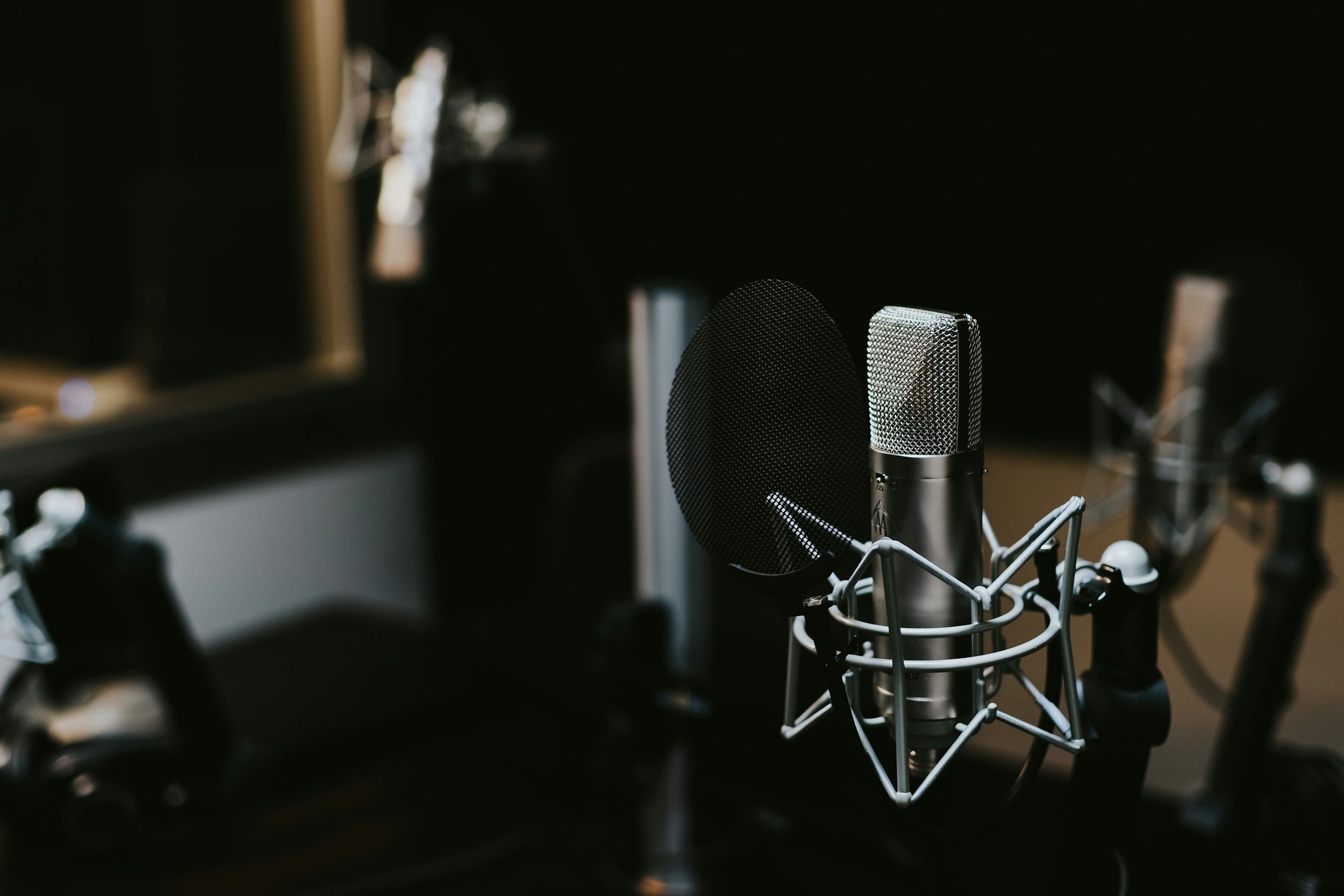
the smarter strength
training blog
Welcome to the Smarter Strength Training blog, where I will answer your questions, keep you up to date with the latest fitness news, and help you cut through the noise with straightforward support on your fitness journey.
Throughout my career as a personal trainer, I have seen many fads come and go, but one thing that has remained constant is the importance of a balanced and sustainable approach to fitness. I strongly believe that fitness should be enjoyable and accessible to everyone, and my goal with this blog is to inspire and motivate readers to make positive changes in their lives.
On this blog, you will find a wide range of content covering everything from exercise tips and workout routines to healthy eating advice and lifestyle hacks. Whether you are a seasoned fitness enthusiast or a complete beginner, my aim is to provide you with practical and actionable advice that you can use to achieve your health and fitness goals.
5 Reasons Women Should Strength Train
Here’s the thing, I live in a social media bubble where I surround myself with women lifting weights, getting strong and generally being freaking badass human beings. Yet when I walk into most gyms, this isn’t exactly what I’m seeing.
Maximise Your Circuit Training
Elevate your conditioning with well-designed circuits. Far too many routines throw together exercises haphazardly, creating unbalanced fatigue and overwhelming recovery demands. It's about strategic selection and smart planning—ensuring each session builds you up without burning you out.
Understanding Pilates
It's a common misconception that exercise must be long to be effective. This usually aligns with the notion that exercise is all about calories burned.
Does Dieting Affect Your Gains?
In a recent study, researchers looked at the effect of Low Energy Availability (LEA) on muscle protein synthesis in trained females. LEA arises when the energy intake doesn't suffice to cover the energy demands from physical exercise and basal physiological operations.
Understanding Fat Loss
Fat loss and weight loss are terms often used interchangeably but mean very different things because the overall weight of the human body is complex.
Master the Basics - How To Select The Correct Optimal Weight
At the start of a new strength training program, you might have anything from 12-34 exercises across all days in a week.
When Should A Heel Raise Be Used When Doing Squats?
When squatting the shin needs to travel forward. The further forward the shin can go, the further the thigh bone (femur) can travel with it.
Master the Basics - Volume
When strength training it's often stated that you should progress with load or volume. What is volume and is it more than just adding a rep to an exercise?
What Is The Difference Between Using A Trap Bar And A Barbell For Deadlifts?
The "deadlift" is a loaded hip hinge, but it's worth pointing out that it's not a pure hinge like an RDL. Instead, the knees should bend, which is a mini squat pattern in the exercise.
What Is The Best Rep Range For Building Muscle?
Prior to 2017, every personal trainer knew that to build muscle, you needed to train between 8-12 reps.
Master the Basics - Tempo & Range of motion
Tempo is a challenging topic which means I can't show you a tonne of research supporting tempos as a valuable way to progress an exercise.
Do You Have To Do Strength Training?
The benefits of strength training come from having force placed on your body, which is then adapted to.
What Are The Most Overrated Exercises?
First, can I state that being overrated doesn’t mean bad or worthless, however my answer might rile up some people.
Should You Do A Cool Down After Training?
On the one hand, there are a lot of people that swear by but there's very little research to support the benefits of cool-down stretching.
How Many Rest Days Should Be Done Per Week?
Acknowledge that training is a stimulus, and by adapting to the stimulus, we recover, improve and become more efficient at dealing with the demands of training.
How Many Warm-Up Sets Should You Do?
I'm a big fan of warm-up sets, they are a great way to “prime” your body ready to lift weights. But, how many you do will depend on the various things.
Should You Squeeze Your Glutes At The Top Of A Squat?
I've had this question asked a few times by clients, and I see many coaches saying you should not squeeze your glutes at the top and that it's "pointless" to do so. I'm afraid I have to disagree because context is always key.
What's The Best Ratio Of Strength Training To Cardio For Fat Loss?
We know that physical activity uses energy, so it's a logical conclusion that whichever activity uses the most energy is the best one for fat loss.
What’s The Difference Between RPE, RIR And 1 Rep Max and should you be training to failure?
As much as the mechanisms for hypertrophy (mechanical tension, molecular signalling and muscle protein synthesis) are the same between the sexes, there are some unique differences.
Master the Basics - Neutral Spine, engaging your core and Breathing & Bracing
Neutral Spine refers to the natural curves of the spine including a slight kyphotic curve to the upper back, with curves in the opposite direction.

The SMART STRENGTH TRAINING PODCAST
New episodes come out every other week, featuring a friendly and easy-to-follow approach to training, nutrition, mindset, and handy tips for staying consistent and seeing real results. The Smarter Strength Training Podcast offers expert advice while clearing up the confusion around fitness information. No matter if you're a gym veteran or just starting your journey, this podcast is here to give you the tools you need to become a stronger, fitter, and healthier version of yourself.






















